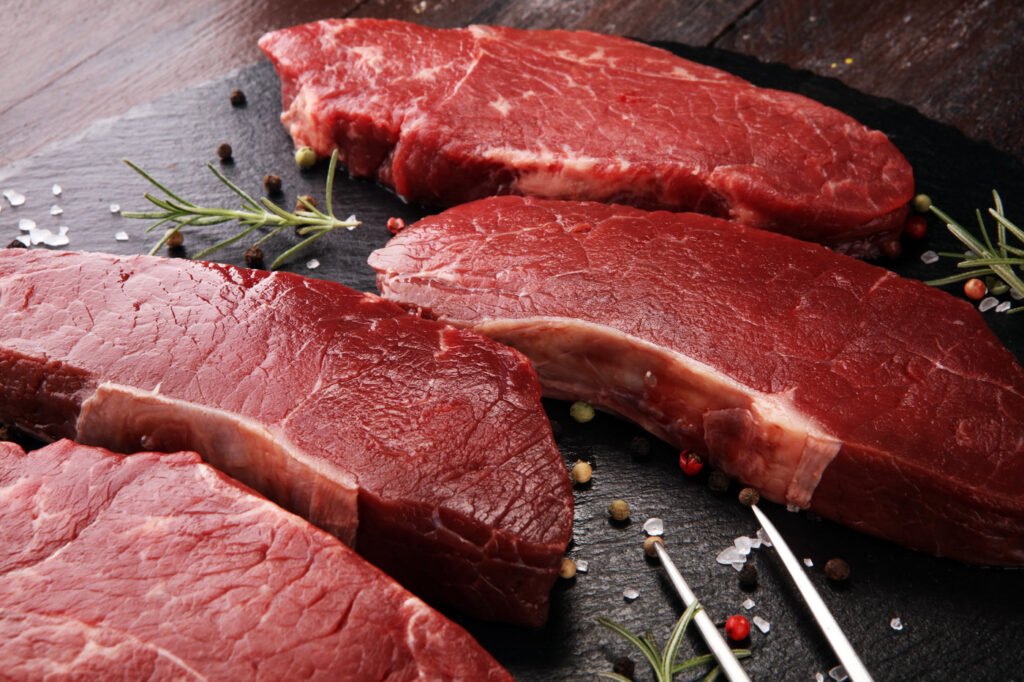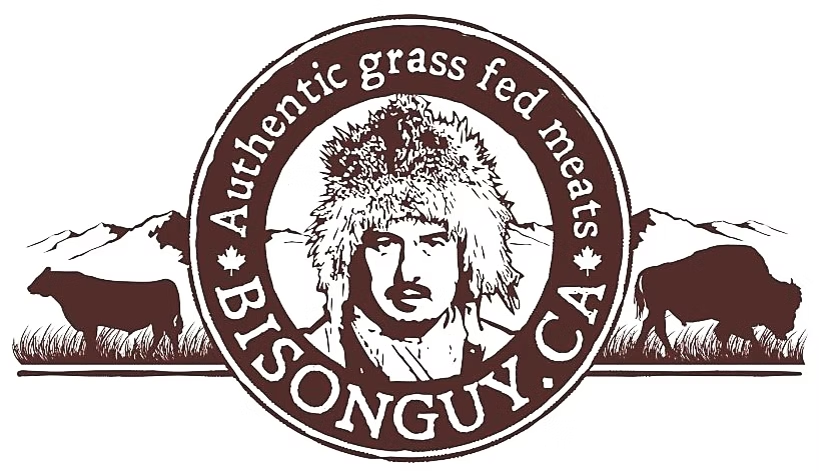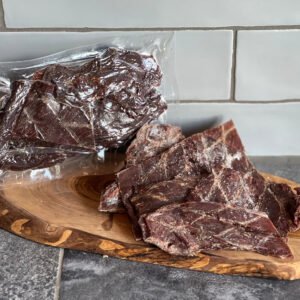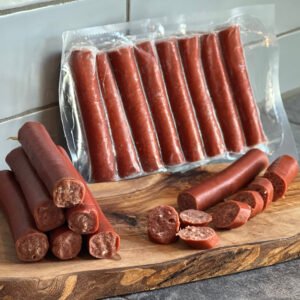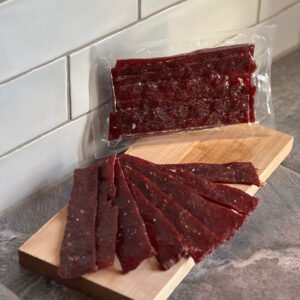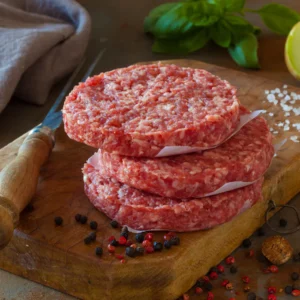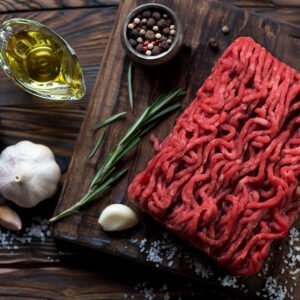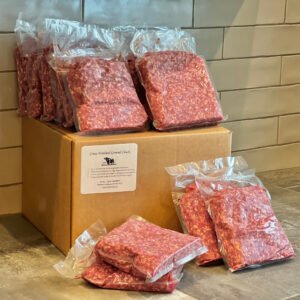Unadulterated Dining !
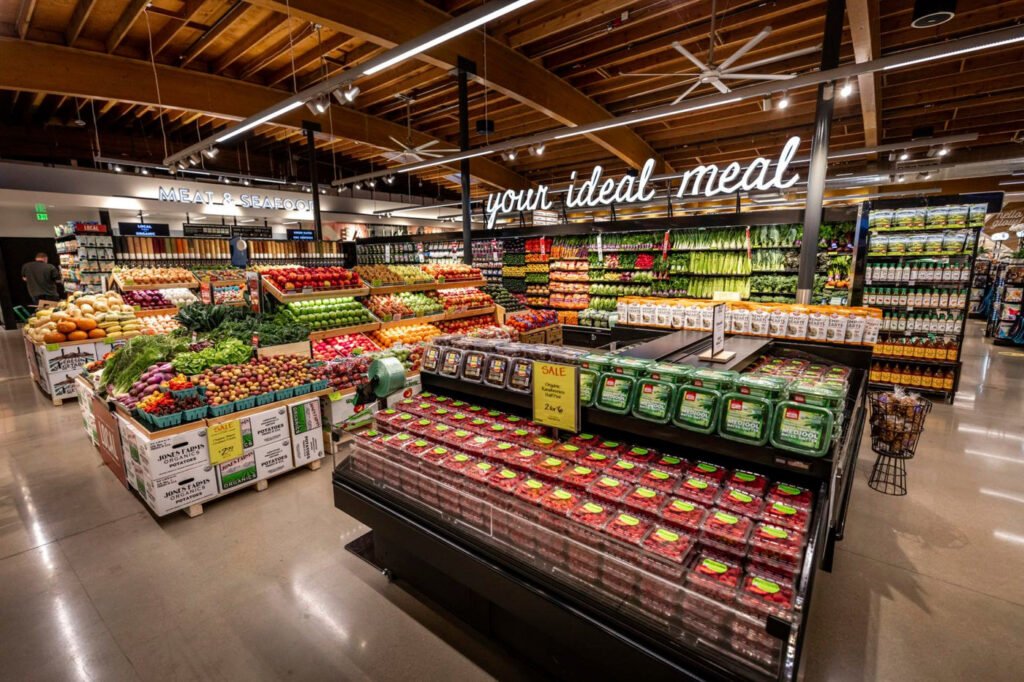
I’ll be quick to admit that I am the last guy that goes grocery shopping in our family and when I do I am a shopping assistant and not in charge of the activity. Being in the role as an assistant as well as having a ranchers perspective I like to scan the aisles, take wind of the situation and people watch. To me grocery stores are a big mafia (oligopoly) that have too much influence and impact on the things that we rely on for our survival needs. Don’t believe me? Take a look at the Canadian grocery scene. It is more or less 5-6 companies (depending on which part of Canada ) that control 80% or more of the grocery market. Hardly any Independent stores are left. In BC the concentration is even worse with the dominance of the Pattison Group that has brands like Save on Foods, Quality Foods, Nesters and Urban Affair just to mention a few. You think you are getting choices… but they are all on the same team!

The grocery consolidation isn’t just bad for the consumer and consumer choices but worse yet, it locks Agriculture into a servitude subsistence. The only choice ag businesses have is to produce it cheaper and faster. Quality and nutrition are the last variables that comes to mind when decisions are made about what products are to be listed…. its all about margin! Grocery store isles are dominated by row upon row of convenience and ultra processed foods made by multinational corporations. Depending upon the food category that domination is usually represented by a 5-6 company oligopoly that controls at minimum 80 plus percent of a specific category. Doesn’t matter which food category… from potatoes, to dairy, to cereals, to the fruit section and the proteins – like red meats, the collusion is everywhere. The big grocers control the gate of what will go in the store and the big processors fill those spots playing the game by controlling the price the farmer gets paid for the raw materials they use to value add for those products.
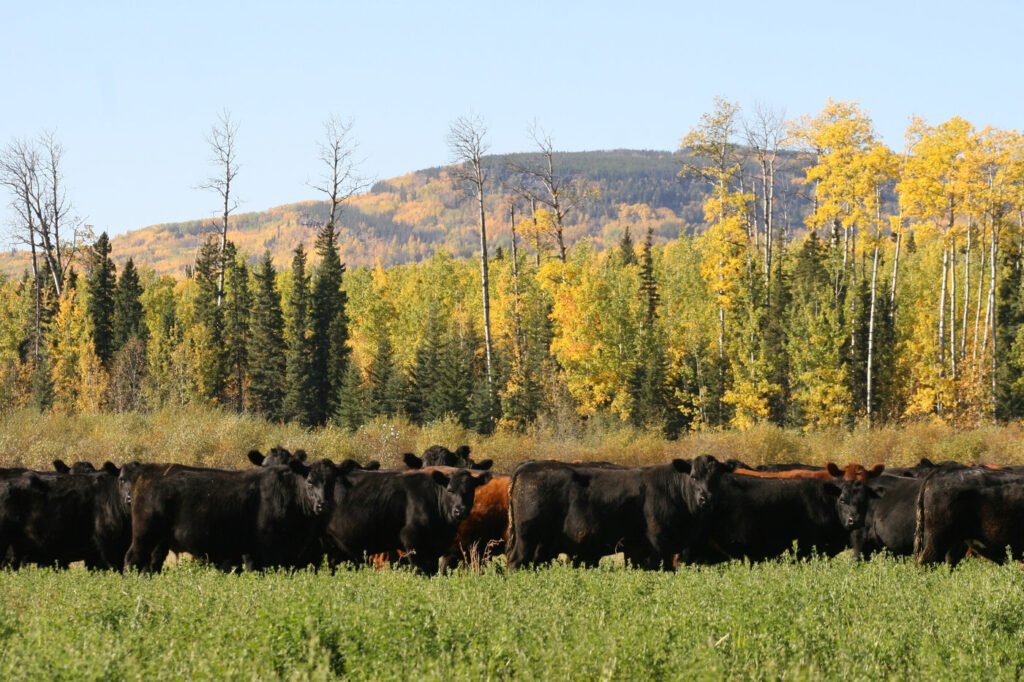
At the bottom and the furthest away from the grocery isle is always the primary producer – be it the farmer or rancher. The farmers and ranchers are the serfs to the feeding chain and the only strategy they have to survive in this commodity racket is to produce it cheap and fast. I can give so many examples and could write a book but I’ll stick to the red meats for this discussion. 95% of beef cattle start their life on a ranch where they nurse and graze along side their mother. At 7 months of age or at around 550 lbs these calves are weaned at which point 80% are sold and sent directly off to a Feedlot; the other 20% get to graze another year and will go into the Feedlots as Yearlings. In the Feedlot the feed ration will quickly be changed from mothers milk and forages to high concentrate grains in as short a period as 3 weeks and make up 85% plus of their diet. When the calves enter the Feedlot they will also be given a minimal of 3 vaccines, an antiparasitic treatment and their 1st hormonal implant to grow them faster and bigger (they will get at least 2 more before they are harvest ready). Ruminants are not designed to eat high grain diets (think about it as you eating cheesecake everyday). High starch diets lead to low rumen ph levels and will cause stomach ulcers and lead to liver abscesses. To combat sickness caused by eating high amounts of grain, animals are fed antibiotics like Aureomycin or Tylosis in their ration to keep their digestive functioning. Ionophores like Rumensin will also be fed daily to skew the rumen microflora to be more efficient at digesting grains and also to help keep the animal from bloating and dying as a result. As the animal gets closer to harvest ready weight it will be fed a Beta-agonist. Beta-agonists are feed additives used in beef cattle production to enhance more muscle growth and feed efficiency. These compounds work by stimulating beta-adrenergic receptors, which are part of the cattle’s nervous system, leading to increased lean muscle deposition and reduced fat accumulation. Sounds yummy doesn’t it?! However… Beta-agonists are great (!) because they will add another 20-30 lbs more muscle in the final 20-40 days before harvest. When the animal reaches harvest weight it is then loaded up with 40 of its cohorts and then shipped off to the meat mafia and depending on which packing plant that can be as far away as a 1000 km. That’s the life of your typical grocery store beef and to some extend bison although not as extreme as in the beef sector.
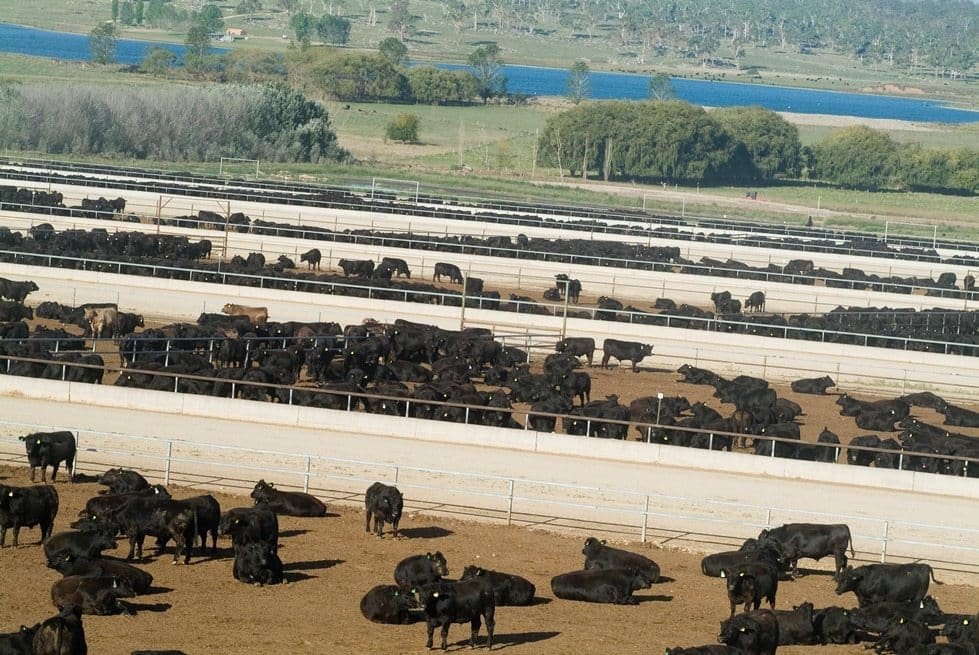
There are still more tricks to the meat trade however I think you get the gist. Getting back to my grocery store revelation I had the other day there are almost no foods in stores now that exist or that are made at natures pace or “Unadulterated”. I read lots about a new trend of eating things that have a minimal ingredient list. Store bought beef would be a prime example, however if you take the time to study how it is produced there is much more to it than “meats” the eye. Of course the beef industry lobbyists will say that all the products used are all safe to humans. Really? Isn’t that what they said vegetable and seed oils and countless other products are safe as well? What about the nutritional value?
This all said, the more I look at grocery stores the more proud I am for every food item we produce or that we can trade or buy from another farmer direct. Our meals come from Beef and Bison that is unvaxxed, free of growth promotants and steroids, animals that are raised with respect and eat feeds they are designed to eat on lands that are free of pesticides and insecticides and that allows biodiversity to flourish. Our meats are nutritionally dense and favorable and the only similarity we have with store bought meats is the name of the cut and the animal it came from, this is true Unadulterated dining at its finest.
